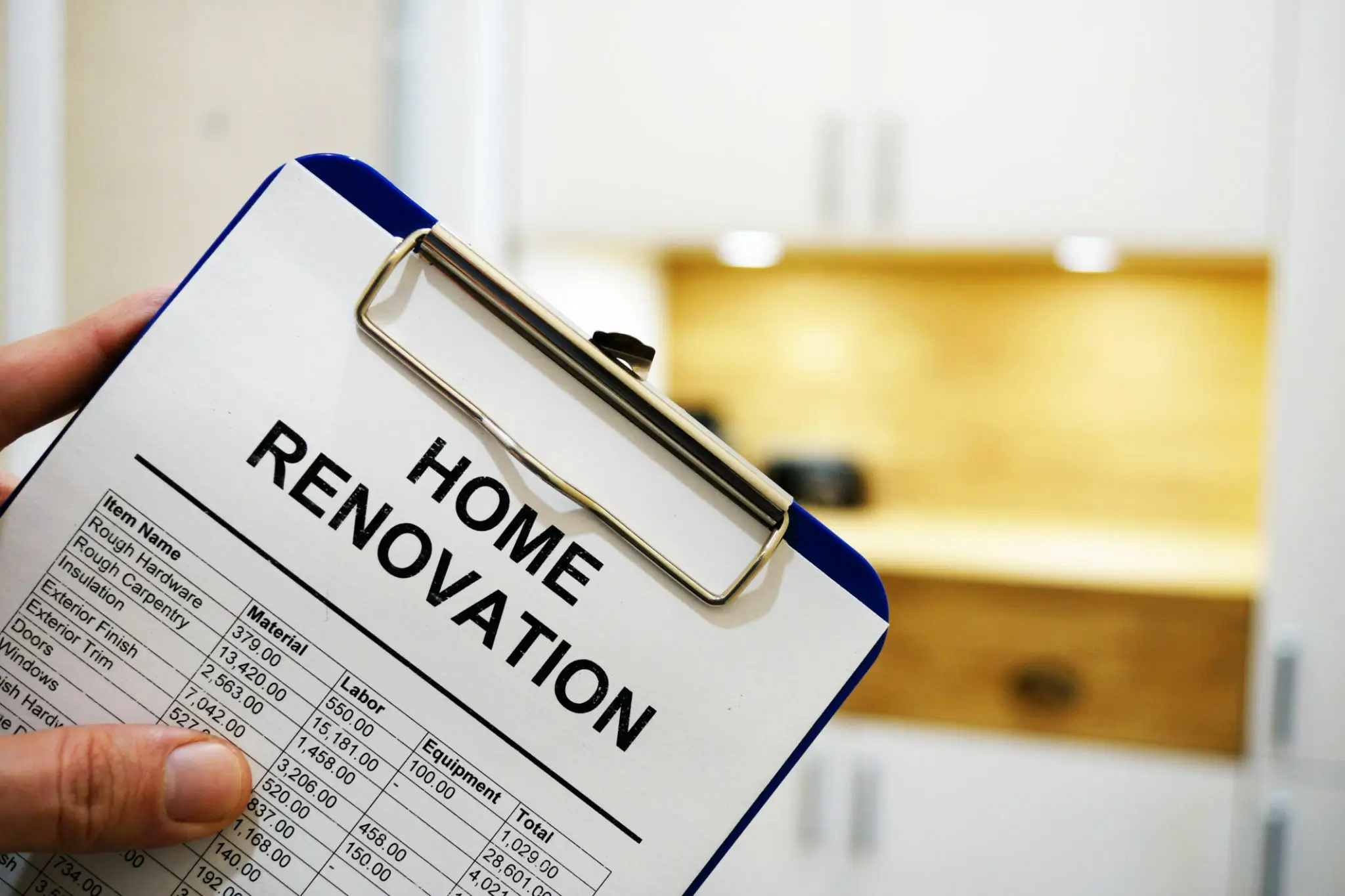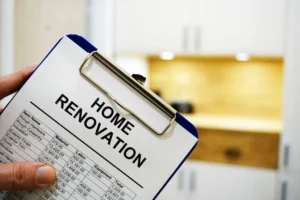
Looking to turn your home into the dream space you’ve always envisioned? Home renovation can breathe new life into your living space, making it more functional and aesthetically pleasing. But where do you find the funds to finance these dream upgrades? In this concise guide, we’ll unravel the world of home renovation loans. Whether you’re planning a small DIY project or a major overhaul, understanding your financing options is crucial. We’ll explore various loan types, offer tips on choosing the right one, and provide insights into making your renovation journey as smooth as possible. Get ready to transform your home sweet home.
Your home is more than just a place to live; it’s a reflection of your lifestyle and personality. Over time, your needs change, and so does your vision for the perfect living space. Whether it’s a modern kitchen, a luxurious bathroom, or expanding your living area, home renovation can turn your dream into reality.
But transforming your home often requires a significant investment. This is where understanding the world of home renovation loans becomes essential. In this comprehensive guide, we’ll dive into the depths of financing your dream home upgrades.
Understanding Your Home Renovation Needs
Before we explore the financing options, it’s crucial to identify your renovation needs. Start by assessing your home and making a list of the changes you want to make. This could include cosmetic updates, structural improvements, or energy-efficient enhancements. Having a clear vision will help you determine the budget required for your project.
Setting a Realistic Budget
With your renovation needs outlined, it’s time to set a realistic budget. Consider factors like the scope of work, materials, labor costs, and any unexpected expenses that might arise during the renovation process. Your budget will be a guiding factor when choosing the right financing option.
Exploring Home Equity Loans
One of the most popular financing options for home renovations is a home equity loan. This type of loan allows you to borrow against the equity you’ve built in your home. It typically offers a lower interest rate than other forms of borrowing because your home serves as collateral.
Home Equity Line of Credit (HELOC)
Similar to a home equity loan, a HELOC allows you to borrow against your home’s equity, but with more flexibility. With a HELOC, you can access funds as needed, making it an excellent option for ongoing renovation projects with varying costs.
Personal Loans for Renovation
If you don’t want to tap into your home’s equity or you’re not a homeowner, personal loans can be a viable solution. Personal loans are unsecured, meaning they don’t require collateral. They offer fixed interest rates and fixed monthly payments, making budgeting easier.
Government Programs and Grants
Depending on your location and the nature of your renovation project, you might be eligible for government programs or grants. These programs are often designed to encourage energy-efficient upgrades or improve homes in specific areas. Research the options available in your area to see if you qualify.
Credit Cards and Home Improvement Store Financing
For smaller renovation projects, you can consider using credit cards or financing options provided by home improvement stores. These options are convenient for minor upgrades, but be cautious of high-interest rates associated with credit cards.
Choosing the Right Financing Option
Selecting the right financing option for your home renovation project depends on several factors, including your budget, credit score, and the scope of work. Consider consulting with a financial advisor to help you make an informed decision.
Conclusion
Home renovation is an exciting journey that can breathe new life into your living space. With the right financing option, you can transform your house into your dream home. Whether you choose a home equity loan, personal loan, or government grant, make sure it aligns with your budget and renovation needs. Start planning today, and soon you’ll be enjoying the upgraded comfort and style of your revitalized home. Happy renovating!
FAQS On Loans for Home Renovation
What are the common reasons for home renovation?
Homeowners often renovate their homes to improve functionality, enhance aesthetics, accommodate changing needs, increase energy efficiency, or address structural issues. Renovations can also add value to the property when done thoughtfully.
How can I determine the budget for my home renovation project?
To create a renovation budget, assess your project’s scope, research material and labor costs, and factor in contingencies for unexpected expenses. Consulting with contractors and using budgeting tools can help you arrive at a realistic budget.
Are government grants available for home renovation?
Government grants for home renovation vary by location and project type. Some programs focus on energy-efficient upgrades, while others aim to revitalize specific neighborhoods. Research local and federal grant opportunities to see if your project qualifies.
What is the difference between a home equity loan and a home equity line of credit (HELOC)?
A home equity loan provides a lump sum with a fixed interest rate, while a HELOC allows you to borrow against your home’s equity with a variable interest rate. HELOCs offer flexibility, whereas home equity loans provide predictable payments.
Is it necessary to hire a contractor for home renovations?
The need for a contractor depends on the complexity of your project. While some DIY renovations are possible, large-scale or intricate renovations often benefit from professional expertise. Contractors can manage permits, ensure code compliance, and provide quality workmanship.






